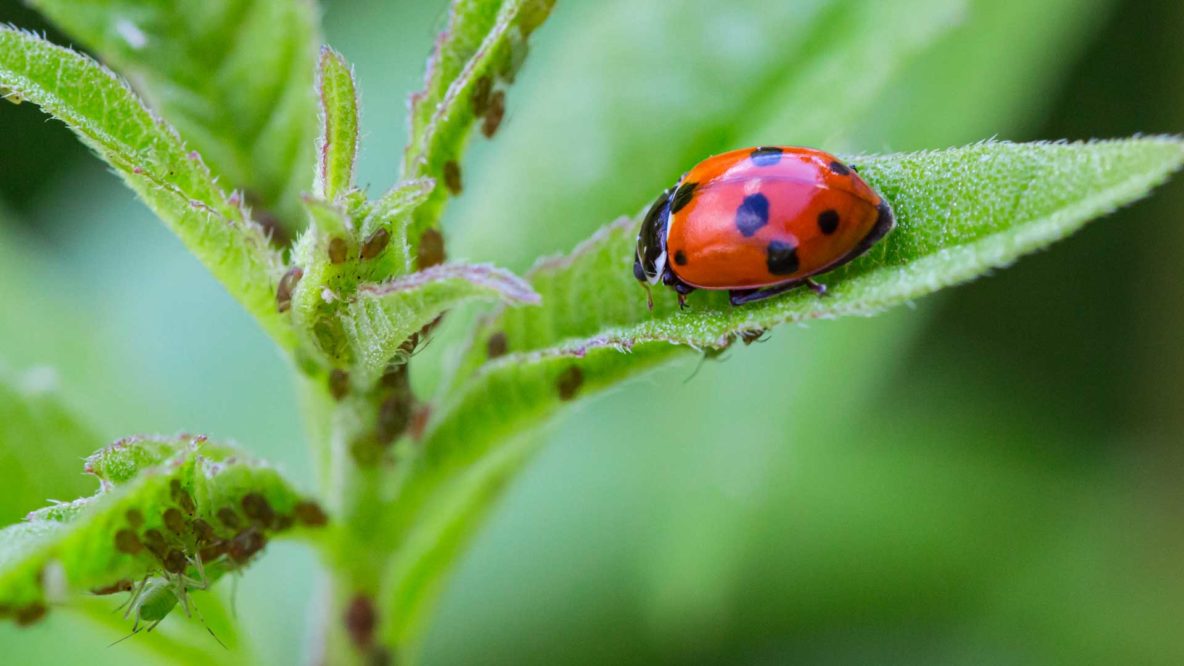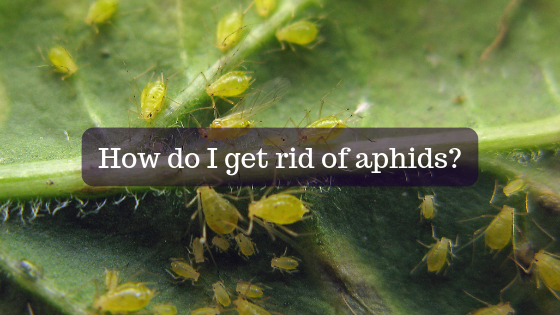
Aphids are probably the most common garden pest in the whole world. There are over 4.000 different species of aphids spread out across every continent except Antarctica. Here in Colorado, according to the CSU Extension Office, “few plants grown (here) do not support at least one aphid.”
Symptoms and Signs
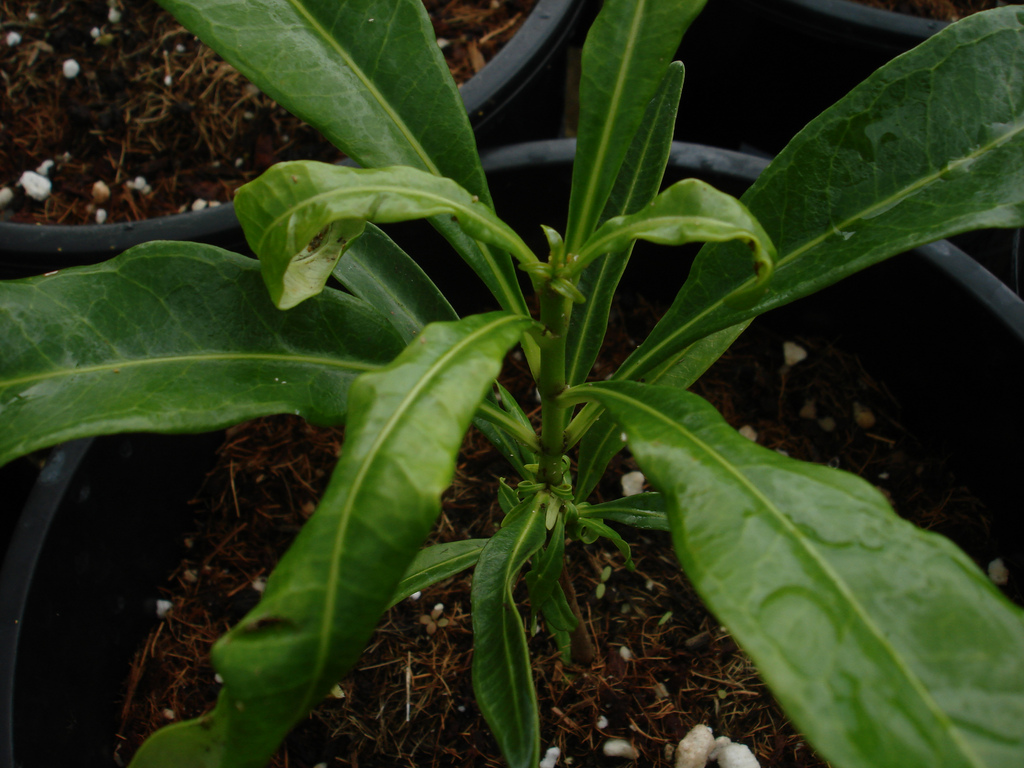
Aphids can be extremely varied in appearance (coming in green, white, black, brown, gray, yellow, or even pink) but all are small, less than ¼ of inch long. Aphids feed by sucking juices from plant leaves, stems, buds and roots. This can cause leaves to curl, yellow or wilt. New leaves can become stunted, too. Another tell-tale sign of aphids is a sweet, sticky substance called honeydew. This is secreted as waste by aphids during feeding. Honeydew can be its own problem as it can attract sooty mold, ants and other pests. Some aphid species can also cause galls to form on the leaves or stems of plants.
The good news is that although aphids can cause lots of unsightly damage, they rarely can kill a well-established tree or shrub on their own. However, it’s still important to keep them in check because aphids reproduce fast and a weakened plant is susceptible to many other, deadlier pests and disease.
Lifecycle
When trying to control a garden pest, it always helps to understand their lifecycles. And aphids have a particularly strange one. In the spring, female aphids hatch from overwintered eggs. These females are called “Stem Mothers.” Stem mothers go onto reproduce asexually, making little clones of themselves through a process called parthenogenesis. Stem mothers reproduce prodigiously throughout the summer. In the fall, with winter coming on, stem mothers begin to produce both male and female aphids. The males and females mate, producing eggs that will overwinter, to hatch again next spring.
Control
Aphids are soft bodied insects with few natural defenses, so there are many, many different control options available. Below we’ve listed some of the most common aphid control methods, each with their own pros and cons. We recommend starting with number one, then if that doesn’t take care of the problem, move up through the list to stronger and stronger controls.
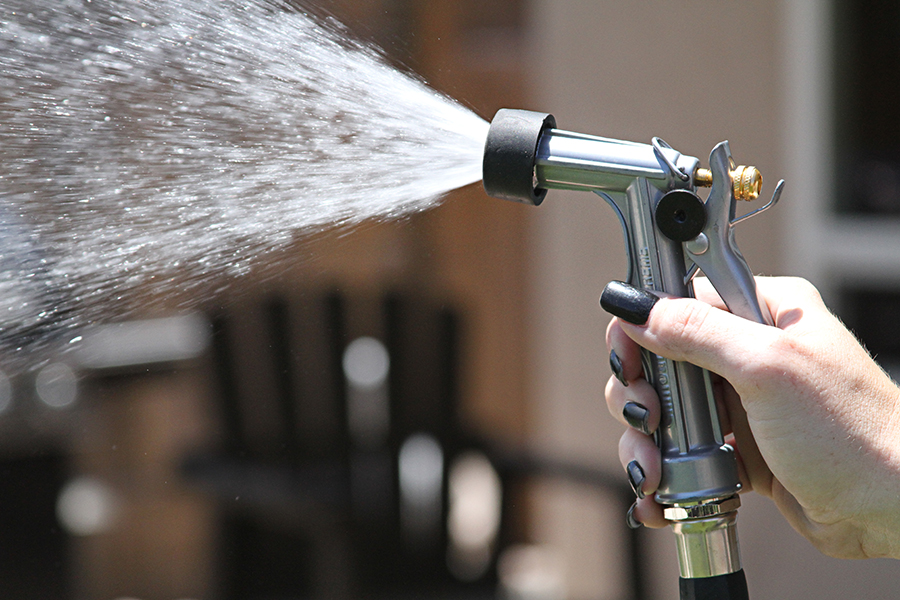
1. HoseBelieve it or not, one of the best control options for aphids is good old-fashioned H2O. Washing off the affected plant with a good, strong blast from the hose is often enough to kill small outbreaks of aphids, especially when caught early. Even if they survive the blast, very few have the strength to return to the plant from the ground.
Pros: Super easy and cost-effective. If you think you notice signs of aphids, grabbing the hose is always a good first step.
Cons: While a hose blast is great for small or early outbreaks, it might not be enough to contain bigger problems.
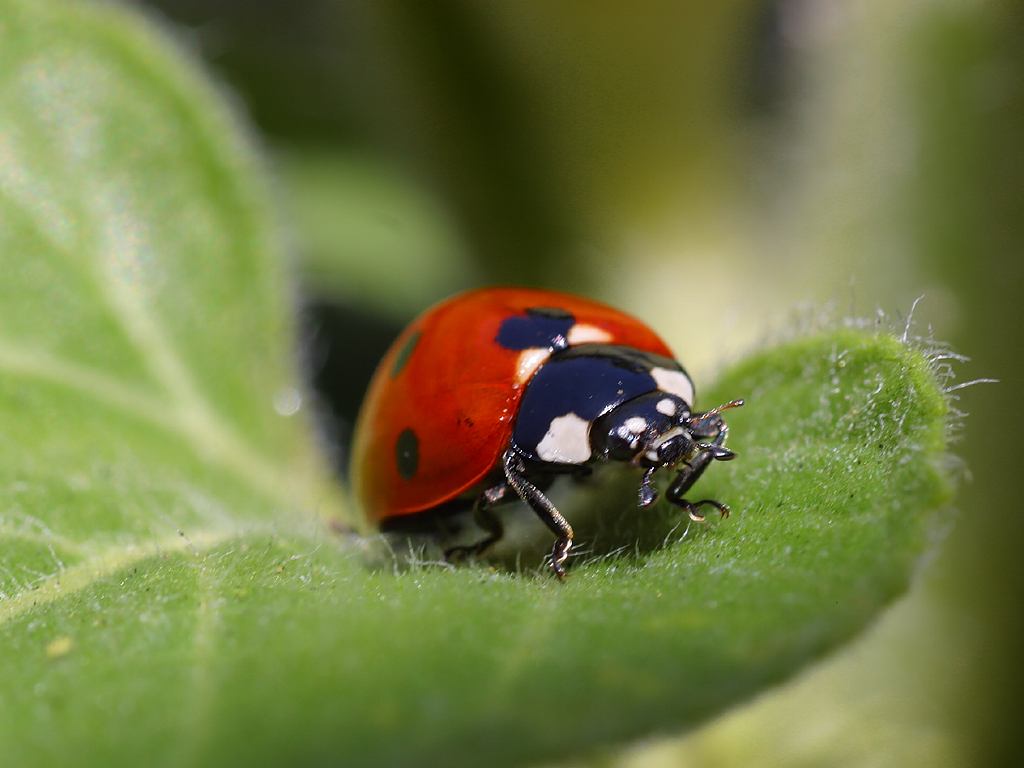
2. Natural Predators Aphids are soft, tasty little snacks for a variety of animals. The most popular aphid-eaters are the gardener’s old pals, ladybugs. And they do like to eat! One ladybug can eat up to 5,000 aphids in its lifetime! As they munch, ladybugs start to lay their own eggs, giving you a population of hungry aphid diners for extended control.
Pros: Using lady bugs is a great natural solution to aphids. It’s easy (no spraying or mixing) and even kinda fun!
Cons: Ladybugs are prodigious feeders, but this method can take a little longer and may not be as immediately effective on large outbreaks.
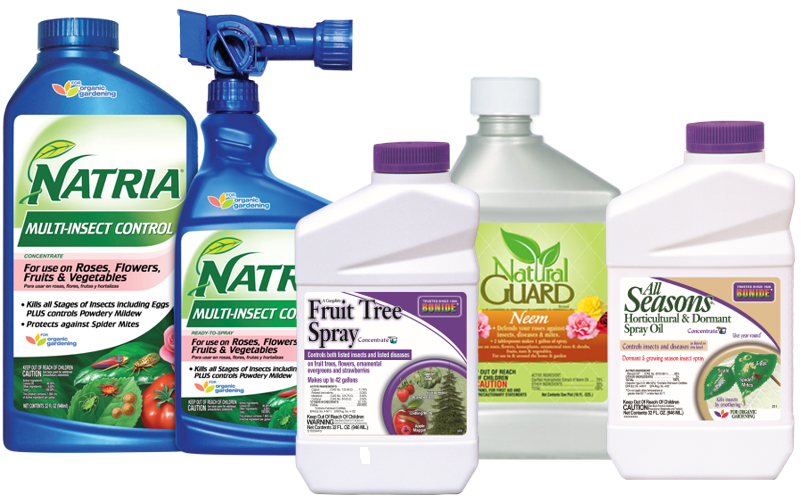
3. Horticultural Oil Oils of various kinds have been used in agriculture since ancient times. The basic idea is to smother harmful insects, insect eggs and fungal spores under a thin coat of oil. Traditionally, oils have been applied during the winter while plants are dormant, but modern oils like Neem oil can be applied any time of year.
Pros: Safe and effective, horticultural oils work great for aphids. Oils are perfect on fruit trees or other edibles.
Cons: These kind of products can be a little bit tricky to apply. The timing is really important to get right. For more info, check out our Horticultural Oils Fact Sheet
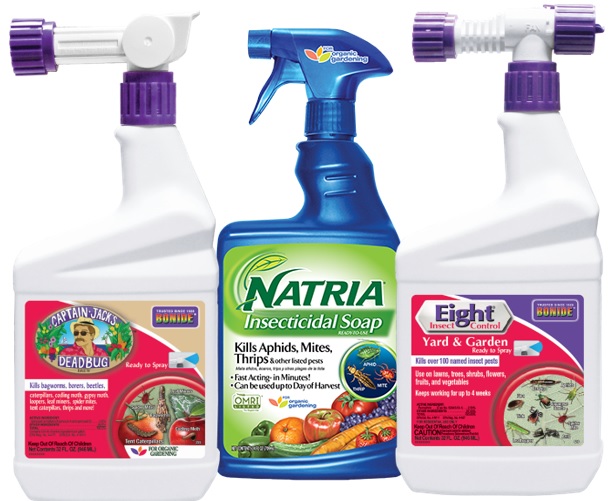
4. Spray Insecticide Most insecticide sprays are effective on aphids. Organic sprays like insecticidal soap and spinosad or synthetic options like permethrin sprays are all listed for aphid control. Sprays kill on contact and some can even provide a few days of residual protection.
Pros: Sprays are easy to use with a regular garden hose (most come in a hose end sprayer). Plus, they’re fast-acting, killing the aphids on contact. And sprays that have a little bit of a residual control will keep killing for a few days after the application, which can help keep big outbreaks under control.
Cons: Most sprays need to come in contact with the aphids to work, so they may not be the best bet for large trees that your sprayer can’t reach. In the same way, they may not get at aphids hidden in rolled leaves or other nooks and crannies. Also sprays, even organic ones, used incorrectly can be hazardous to beneficial insects, so be sure to read all the directions on the bottle.
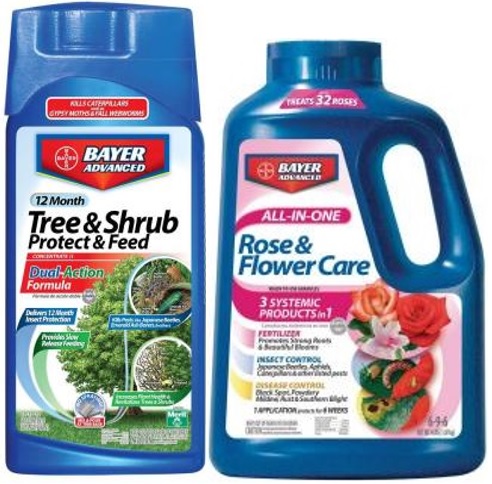
5. Systemic Insecticides Systemic insecticides are absorbed by the plants’ roots and move through up the stems and out into the leaves. Systemics target any sucking or chewing insects that might try to feed on the plant, including aphids. Systemics can provide up to 12 months control for aphids and other common pests.
Pros: Super easy to use. Just mix up the concentrate and our the solution around the base of the tree. Systemics are especially useful for large mature trees that just can’t be reached by sprays. They’re also long lasting, giving you a year’s worth of protection from one application.
Cons: It takes a while for the systemic to work it’s way up the branches of the tree, so these types of insecticides are not as fast acting as some other methods. Also, just like with the sprays, systemics used incorrectly can be hazardous, so be sure to read and follow all directions.

